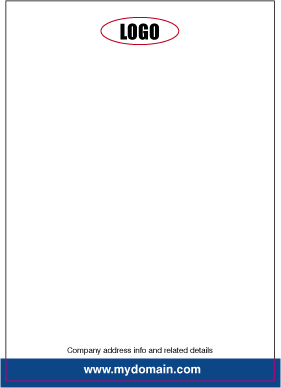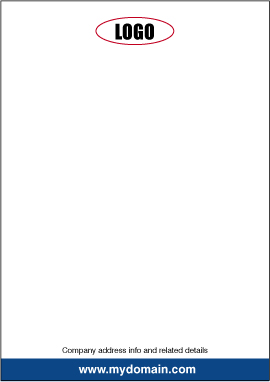Digital or Litho
 Over the last few years, digital printing technology has come along in leaps and bounds, and quality-wise, there is not a great deal to separate the two.
Over the last few years, digital printing technology has come along in leaps and bounds, and quality-wise, there is not a great deal to separate the two.
From a print supplier’s point of view, digital is by far the ‘easiest’ option, as anyone who is comfortable with working with computers/printers etc. can usually be trained to operate a digital machine, whereas a skilled litho press operator is worth their weight in gold.
Early digital machines were not a substitute for litho print, as the quality wasn’t at the level its reached in today’s marketplace, and were usually reserved for ‘throwaway’ jobs, leaflets, dance tickets, luggage tags etc. etc. These days, although the print quality is not quite on a par with litho, the results are perfectly acceptable for many.
Digital machines can now handle thicker materials, whereas previously only very thin paper & boards were printable.
The industry-standard colour matching system for many years has been an ink-based matching system developed by the Pantone® company, and the toner-based system used by digital print has as yet, not been able to compete fully in this area.
The first question one should ask oneself before deciding on either of the two systems: how important to you is consistent colour across your corporate brand?
Achieving colour consistency across all your business stationery and promotional items is a technical business. Just think of the differences in materials used across items such as business cards, letterheads, glossy leaflets, plastics, vynil, clothing etc. and you’ll understand the headaches involved in getting colour to look consistent on all the different materials.
For more on colour issues/colour consistency etc. please check out this short article. Colour Issues
So, before you dive in and start having all your stationery produced digitally, you will need to decide how important you consider keeping the colour consistent for your corporate image.
The amount of stationery you require will also have a bearing on which method to choose. If you are routinely ordering low-quantity stationery, then digital might be the way forward as this should save you money. Larger runs, say upwards of 1,000 letterheads, compliment slips etc. would be more cost effective to produce lithographically.
Digital-only suppliers will probably tell you that this is the best method, whereas litho-only suppliers will often tell you the opposite. Companies who utilise both technologies will hopefully give you the advice that’s best for your particular situation.



Leave a Reply